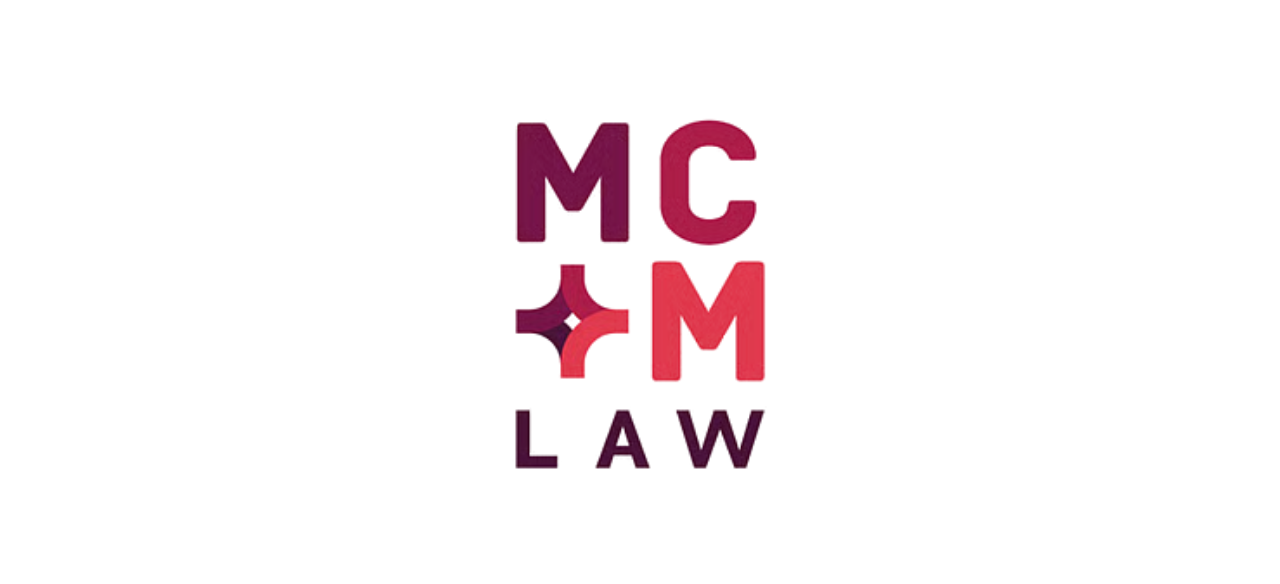INTRODUCTION
The legal profession demands dedication and substantial time investment from lawyers. Surprisingly, according to the 2021 Legal Trends Report (see here), attorneys spend a mere 2.5 hours each workday on billable work. Balancing this limited time with the need to track hours efficiently and accurately becomes paramount for lawyers to meet their targets without sacrificing valuable billable time. You can view the India law firm billing rates, for 2022 here.
As a lawyer, accurately determining billable hours is not just a matter of financial success but also a reflection of your professionalism and dedication to your client(s). The ability to track and manage billable time is crucial for solo practitioners and law firms (irrespective of the size of the firms). It ensures fair compensation for the services rendered and helps establish trust and transparency with clients.
Particularly, in the legal profession, billable hours refer to the time spent on client-related work that can be billed to clients at an agreed-upon rate. However, determining billables goes beyond merely keeping a record of hours worked as it involves understanding different billing methods, setting appropriate hourly rates, tracking time diligently, and appropriately allocating billable and non-billable activities.
This article aims to guide lawyers on how to go about determining their billables effectively and will explore the essential components of tracking billable hours, from understanding the concept of billable work to strategies for maximising billable hours.
UNDERSTANDING BILLABLE HOURS
Billable hours refer to the time spent by lawyers on work that can be billed to clients. These hours represent the professional services rendered, such as legal research, client consultations, drafting contracts, court appearances, and negotiations. The accurate tracking of billable hours is crucial as it forms the basis for billing, financial reporting, and assessing the value of legal services.
Additionally, it is essential to differentiate between billable work and non-billable work. Billable work includes tasks directly related to client representation and legal matters, which can be billed to clients. While, non-billable work includes activities that are necessary for the operation of a law practice but cannot be billed directly to clients, such as administrative tasks, marketing, professional development, and pro bono work.
There are various billing methods employed in the legal field, and the choice of method often depends on the nature of the case and the preferences of the lawyer and client. The following are some of the common billing methods:
- Hourly Rates: This method involves billing clients based on the actual time spent on their case, typically in hourly increments.
- Flat Fees: In certain cases, lawyers may charge a predetermined flat fee for specific legal services, regardless of the time spent on the case.
- Contingency Fees: In contingency fee arrangements, lawyers receive a percentage of the amount awarded to the client in a successful case.
SETTING A HOURLY (FAIR) RATE
Determining an appropriate hourly rate as a lawyer is an important aspect of managing your practice effectively. The following are the factors to consider:
- Your level of experience plays a significant role in determining your value as a lawyer. Generally, more experienced lawyers can command higher hourly rates due to their expertise and track record.
- Specialized knowledge or expertise in a particular area of law can justify higher hourly rates. Clients are often willing to pay a premium for lawyers with specialized skills relevant to their cases.
- Researching and understanding the prevailing market rates for legal services in your practice area is also essential to ensure that your rates remain competitive. Instead of solely basing your rates on competitors’ fees, you can focus on the unique value you bring to your clients.
- You shall analyse the hourly rates as they can vary based on the cost of living and economic conditions in your geographical area, or you can reach out to State or National Bar Association(s) to gather information on average rates and industry benchmarks.
- You can engage in conversations with fellow lawyers or join professional networks to gain insights into prevailing rates and market trends within your practice area.
- Take into account the expenses associated with running your practice, such as office rent, staff salaries, and professional development. Your hourly rate should cover these costs while still providing you with a reasonable profit margin.
- Clearly communicate the value you offer clients by showcasing your expertise, successful track record, and dedication to client satisfaction.
TRACKING BILLABLE TIME
Accurate time tracking serves multiple purposes as it enables lawyers to bill clients accurately based on the actual time spent on their cases, ensures client transparency as they can see how their fees are being allocated to specific tasks and activities, and allows lawyers to identify productivity trends, allocate resources effectively, and improve overall workflow efficiency.
There are various time-tracking methods that can be employed to monitor billable hours, including:
- Manual Timekeeping: Lawyers can manually record their billable hours using a notepad, journal, or dedicated time-tracking sheets. This method requires discipline and attention to detail but can be cost-effective for those starting out.
- Spreadsheets: Utilizing spreadsheet software like Excel or Google Sheets offers a structured and customizable approach to tracking billable time.
- Specialized Software: Time-tracking software designed specifically for legal professionals provides advanced features like timers, task management, reporting, and integration with billing systems. Examples include Clio, TimeSolv, and Toggl Track.
THE UNFORESEEN CIRCUMSTANCES
Several situations or circumstances can disrupt the anticipated billable hours in the legal profession, such as sudden emergencies (personal or professional), court rescheduling, administrative delays, client unavailability, changes in instructions, or disputes.
Therefore, it is important for lawyers to handle these situations professionally while maintaining transparency. Here are a few suggestions:
- Inform affected clients of the situation, explaining the impact on billable hours and providing revised timelines or alternative solutions.
- Keep a detailed record of the unforeseen circumstances, including any adjustments made to the agreed-upon scope of work.
- Evaluate and reallocate resources to prioritize critical tasks while minimizing the impact on client deliverables and billable work.
- Set realistic expectations with clients regarding potential delays or changes, keeping them informed about the progress and any necessary adjustments to the billing arrangement.
STRATEGIES FOR MAXIMIZING BILLABLE HOURS
Maximizing billable hours is a key objective for lawyers seeking to optimize their productivity and profitability. The following points can help lawyers how to manage their time, prioritize tasks, minimize distractions, and communicate efficiently with clients to maximize their billable hours.
- Plan and Prioritize: Start each day by creating a detailed plan and prioritizing tasks based on their importance and deadlines. This will help in ensuring that valuable time is allocated to high-priority and billable activities.
- Time Blocking: Allocate specific blocks of time for different tasks or types of work. This helps maintain focus and avoid multitasking, allowing for more productive use of billable hours.
- Set Deadlines: When agreeing on deadlines with clients, ensure they are realistic and achievable, avoid any overcommitting and allocate sufficient time for thorough and accurate work.
- The ABC Method: Assign priority levels (A, B, C) to tasks based on their significance. Focus on completing high-priority (A) tasks first, followed by lower-priority (B) and non-essential (C) tasks.
- A Distraction-Free Environment: Minimize interruptions by setting up a dedicated workspace and establishing boundaries with colleagues and staff.
- Time Management Apps/Tools: Utilize time management apps or website blockers to limit access to non-work-related websites and applications during designated work periods.
- Practice Mindfulness: Perform mindfulness techniques, such as meditation or deep breathing exercises.
- Streamline Communication Channels: Encourage clients to communicate through designated channels, such as email or scheduled meetings, to avoid constant interruptions and optimize time spent on billable work.








